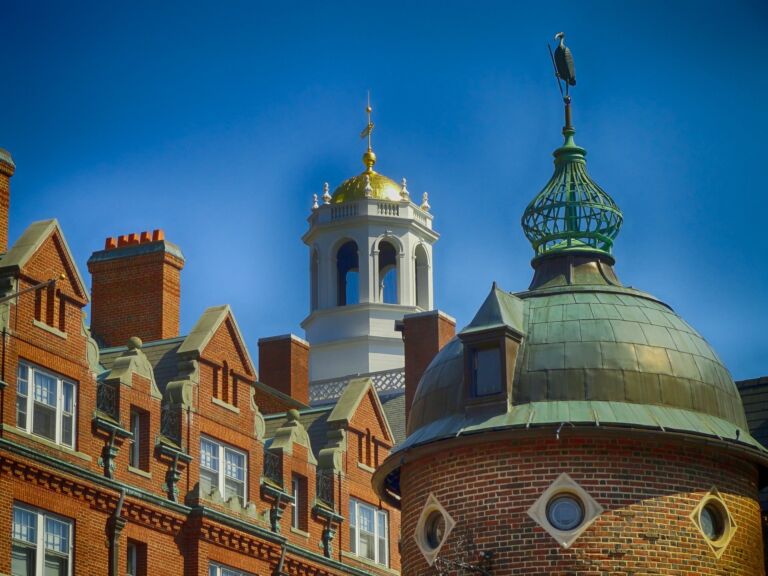Stanley Goldfarb offers National Review Online readers a warning about the pursuit of diversity in the medical field.
Diversity is good, but it should never come at the expense of quality. That’s especially true in fields like my own medical profession. For years, the medical establishment has relentlessly pushed to recruit more minorities into medical school. While a great many are highly qualified, a great many aren’t, yet the powers that be are lowering standards to let them in. A growing body of evidence demonstrates the danger of diversity gone wild. Yet when anyone points it out, they are brutally maligned as racist.
I know from experience. One year ago, I commented on a study that found that minority resident trainees in three major teaching hospitals performed less well than their white and Asian counterparts. The authors of that study posited that racism and bias were the only explanation. In response, I pointed out the possibility that the assessments may have been correct and that many of the minority residents did indeed perform less well. The blowback was as swift as it was severe.
I was denounced by the institution I served for 52 years, the Perelman School of Medicine at the University of Pennsylvania. My name was scrubbed from its website because of the backlash by potential applicants to its Health System’s residency programs. The Penn administration was fearful that the quest for diversity would be diminished by having me associated with the school. I was subsequently fired from the leading point-of-care medical system, UpToDate. To this day, I am routinely denounced in medical circles for daring to have common sense.
Turns out, I was right. There is now a new study on the performance of emergency medicine residents throughout the United States that goes a long way to confirming my point. In typical fashion, the study’s authors don’t acknowledge their own findings, yet their data strongly support that diversity is going too far, threatening the quality that patients deserve and depend upon.


